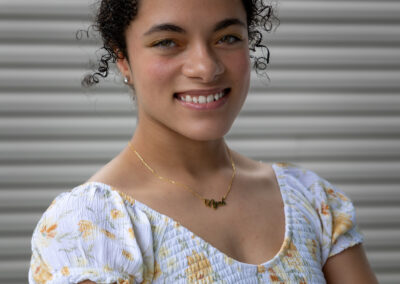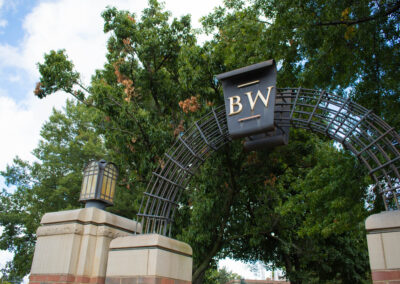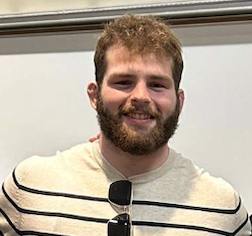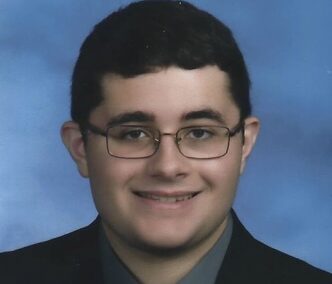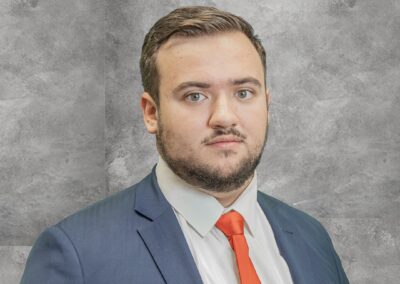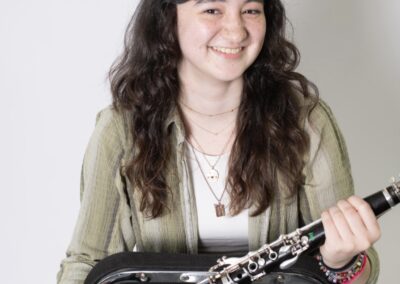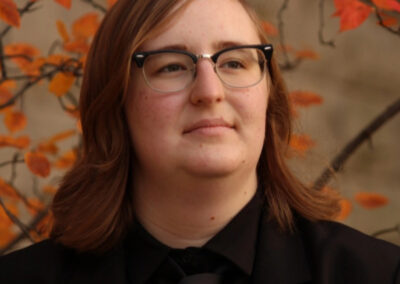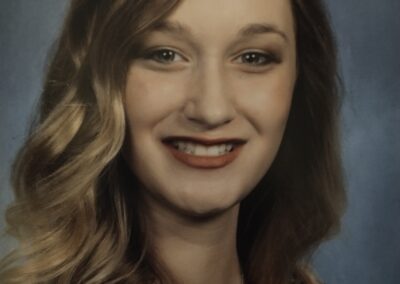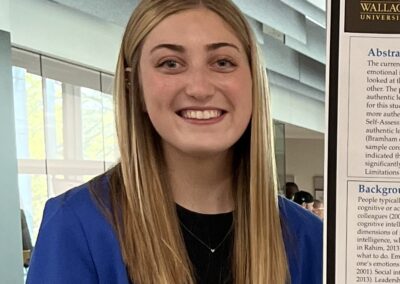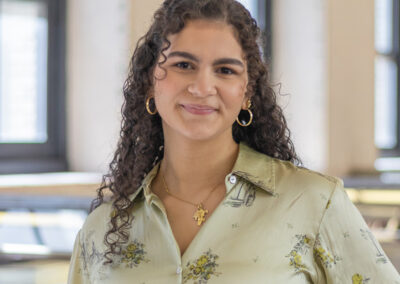
Baldwin Wallace University
Dayton C. Miller Honor Society
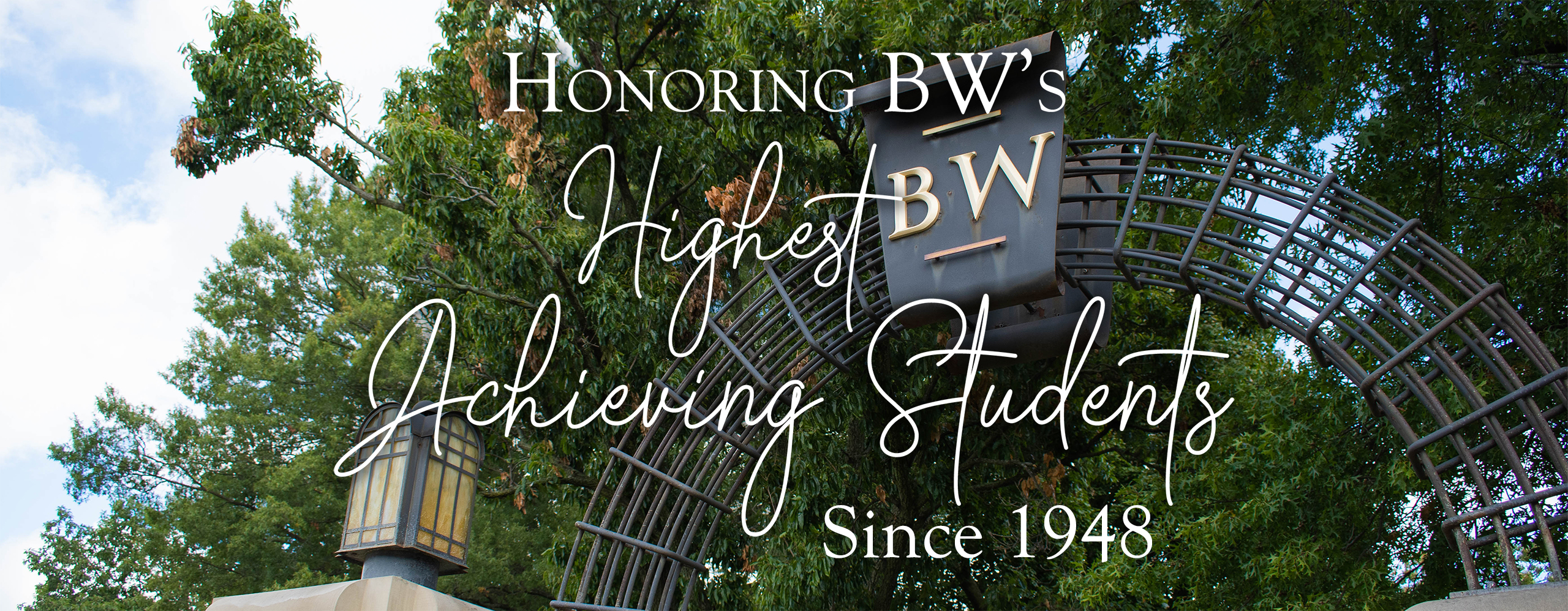
About Dayton C. Miller Honor Society
The Dayton C. Miller Honor Society was founded at Baldwin Wallace University in the fall of 1948. The Society’s purpose was then and continues to be the recognition of academic excellence. Members are selected for consistently maintaining superior academic work. Only four percent of the undergraduate student body achieves membership. In paying tribute to new members we recognize those who have excelled in significant ways, and we also remind ourselves of the major functions of a university: to foster learning and to develop scholars.
As we honor present Baldwin Wallace students, we also honor the memory of Dayton C. Miller (Class of 1886), one of the most distinguished graduates of the University. Professor of Physics at the Case Institute for many years, Dr. Miller was noted for his research into the science of acoustics and for his unique collection of flutes, currently held by the Library of Congress. He served as secretary and later president of the Baldwin Wallace University Board of Trustees, and he was active in the University community until his death in 1941.
Students inducted into Dayton C. Miller Honor Society each year represent the top 100 students by grade point average who have earned a minimum of 70 semester hours with minimum of 45 semester hours at BW.
2024 Inductees
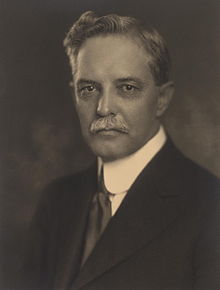
About Dayton C. Miller
Dayton Clarence Miller ’86 (March 13, 1866 – February 22, 1941) was a man of many interests and aptitudes in both the arts and sciences who dedicated his life to research and the education of college students. He was an American physicist, astronomer, acoustician, and accomplished amateur flautist. Miller experimented with the earliest X-ray techniques, and he was an advocate of aether theory and absolute space.
Miller was born in the then-rural community of Strongsville, Ohio, and after his family moved to Berea, Miller enrolled at Baldwin University. In 1886, after earning a degree in philosophy, he relocating to Princeton, New Jersey, where he advanced his studies at Princeton University, eventually earning a Doctor of Science degree in 1890. While still in New Jersey, Miller wed Edith Easton in June of 1893. The Millers returned to Ohio, and Dr. Miller accepted a position as professor of physics at Case School of Applied Science, where he became Chair of the Physics Department and spent his entire career. He concentrated his research on acoustics and the fledgling field of radiography. In 1886, a year after the discovery of x-rays, Miller made the first known full-body x-ray, using himself as the test subject. During the 1920s, he served in a variety of offices of the American Physical Society, and as chair of the division of Physical Sciences of the National Research Council. From 1931 to 1933, he was president of the Acoustical Society of America.
During his career, Miller developed the phonodeik, a device that allows for the visual interpretation of sound waves; provided consultation on architectural acoustics; composed music; and built his robust flute collection. He was also recruited by the U.S. government during World War I to study pressure waves produced by heavy artillery and their impact on soldiers. Miller was held in the highest regard by his peers and contemporaries, and he met with other visionaries of the late nineteenth and early twentieth centuries, such as Albert Einstein in 1921.
In 1933, Miller received an honorary Doctor of Science degree from Baldwin-Wallace College, where, beginning in 1899, he was a member of the Board of Trustees (chair in 1936) until his death in Cleveland in 1941. Miller is buried in Lake View Cemetery, alongside his wife. Upon his passing, his published and unpublished works, along with his extensive collection of flutes, were donated to the Library of Congress. At the time of his death, Miller’s collection of flutes numbered 1,500.
Sources: Baldwin Wallace University Archivist Kieth Peppers and https://en.wikipedia.org/wiki/Dayton_Miller
